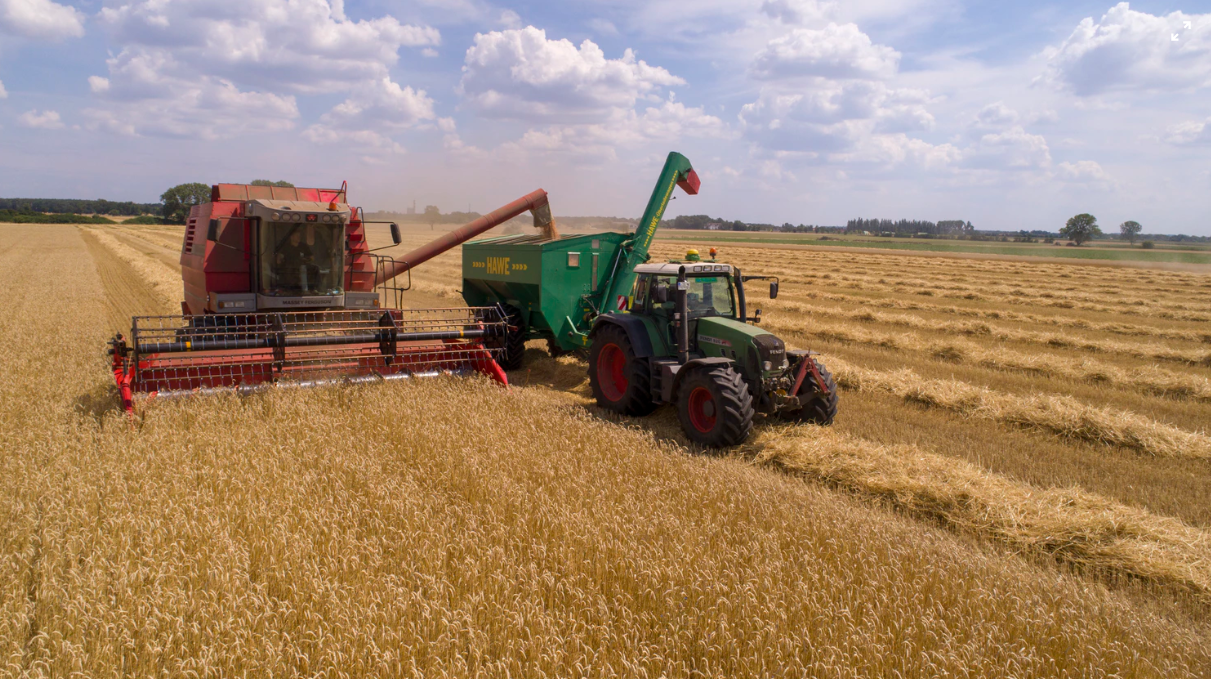
IT solutions provider Atos has unveiled its Digital Vision for Farming strategy, which outlines digital solutions needed to meet the May government’s goals for the UK agriculture and food, farming, and environment industries as demand ramps up
It follows this month’s revamped UK Agriculture Bill in preparation for Brexit and the imminent task of developing a UK agriculture policy that will operate outside of the EU’s Common Agricultural Policy (CAP).
The EU’s CAP currently provides nearly £4 billion of support annually to farmers across the UK and market safety nets, the Parliament briefing has said.
See also: Food Standards Agency Trials Blockchain in Slaughterhouse
Atos’ new paper details the use of technology for a variety of tasks, such as using data and analytics to optimise crop yields, blockchain to give consumers clarity regarding food and its origin, AI to help bottle and distribute milk, drones for the application of pesticides, and GPS technologies to harvest crops.
It also examines how digital tech can benefit crop husbandry and animal health, improve transparency of supply chains, and minimise disruption from inspections.
“For the farming and food industry, the digital revolution is well underway at a time of wider significant change,” said Adrian Gregory, CEO of Atos UK&I. “Just as they always have, farmers will adapt and innovate to meet complex financial, environmental, and social demands.
Read this: Brexit IT Failure Could be “Unmitigated Disaster” for Agriculture, Chemicals
“In response, farmers constantly need to discover ways to change and refine every aspect of their practices to become ever more economical and productive while also being more sustainable,” the report reads.
For improved crop yields, the report says that drones can be used to capture imagery and for individual discrete tasks, providing data to monitor the development of crop disease. Along with advanced data models, farmers will be able to make more timely decisions and adjustments to increase efficiency.
Data scientists will also be able to provide diagnostics and ways for farmers to fine-tune their practices based on the results.
Today’s consumers are more conscious of the origin and quality of the food they buy, according to the report. Blockchain has been earmarked as a solution for this, as an easy and accurate way of sharing information about the product, from the time it is grown or made until the moment it is bought by the consumer.
Atos said it is therefore working with ACTA, the French network of agricultural technical institutes, to explore the potential of blockchain in agriculture. The two partnered last year and plan to launch products as practical use cases.
UK Agriculture: Blockchain ‘Ideal’ for Farmers
The potential for blockchain has also been identified as a way for farmers to easily report an incident and receive faster payments.
Atos said it has developed a smart contract demonstrator for insurance policies covering wine growers against grape damage.
“As a neutral mediator, blockchain is ideal,” the report says, “especially during large-scale events such as natural disasters.”
“The shape of the future depends on individuals and organisations being willing and able to share their data while taking into account the requirements of the whole chain, from producer to consumer and from farm to fork.”
Elsewhere in the report, Graham Wilkinson from dairy producer Arla Foods described the use of robotics for milk production and transportation. At one of the company’s processing facilities, milk bottles are loaded with help from 90 automated guidance vehicles (AGVs) that use AI.
“Fresh milk is not the only dairy product that can utilise AGVs to support its distribution.” Wilkinson said. “Expanding their usage will help to drive efficiencies throughout the supply chain.
“The knock-on effects of this will be tremendous, enabling the dairy industry to reduce the environmental impact of its supply chain, cut food waste by consistently reacting to varying consumer demand, and returning higher rewards to the farmers.”
Outside of food production, Atos also detailed the EO4wildlife project. This, it said, is bringing together data analytics, animal-tracking technology, and earth observation data to track the movement of wildlife to help maintain biodiversity and help prevent the spread of disease.
Atos was awarded a five-year contract for its solution to transform the UK government’s Department for Environment, Food and Rural Affairs (Defra)’s existing IT to its Digital Private Cloud.
Read more: Defra IT Systems Won’t Be Ready for No-Deal Brexit: NAO
Earlier this week, IBM unveiled new Watson platforms for the uptake of AI in nine industries, including Watson Decision Platform for Agriculture.
The platform gathers data from various sources – such as weather, IoT enabled tractors, and satellite imagery – for predictive insights on an app. It also allows farmers to use AI vision recognition to identify pest and disease damage.






